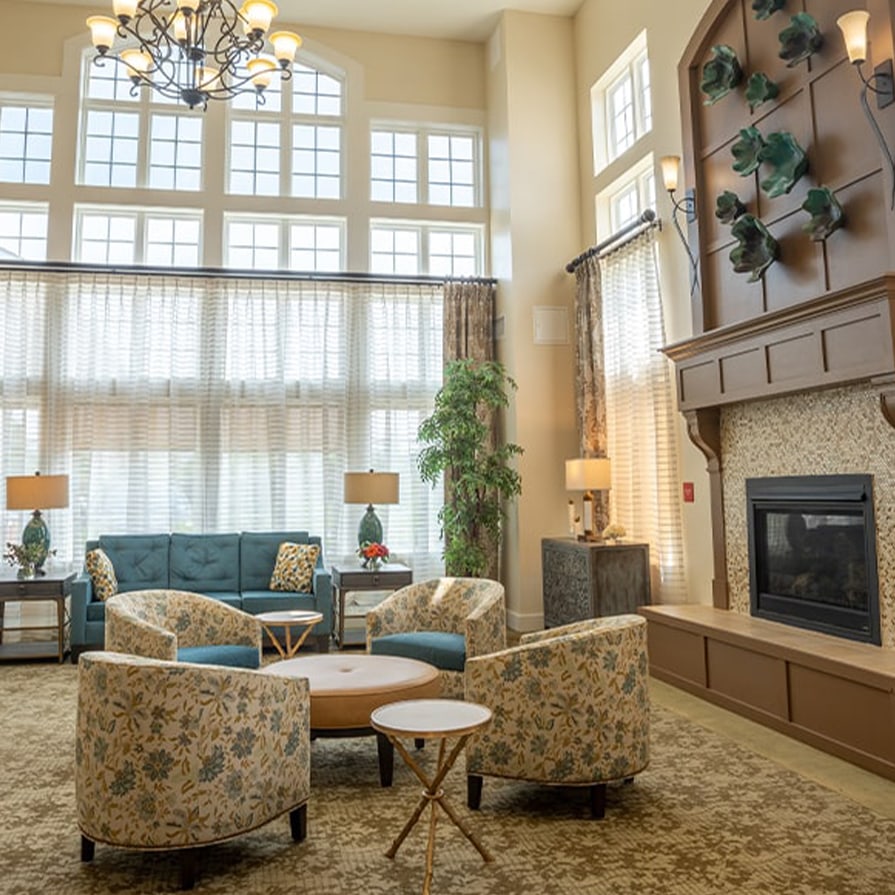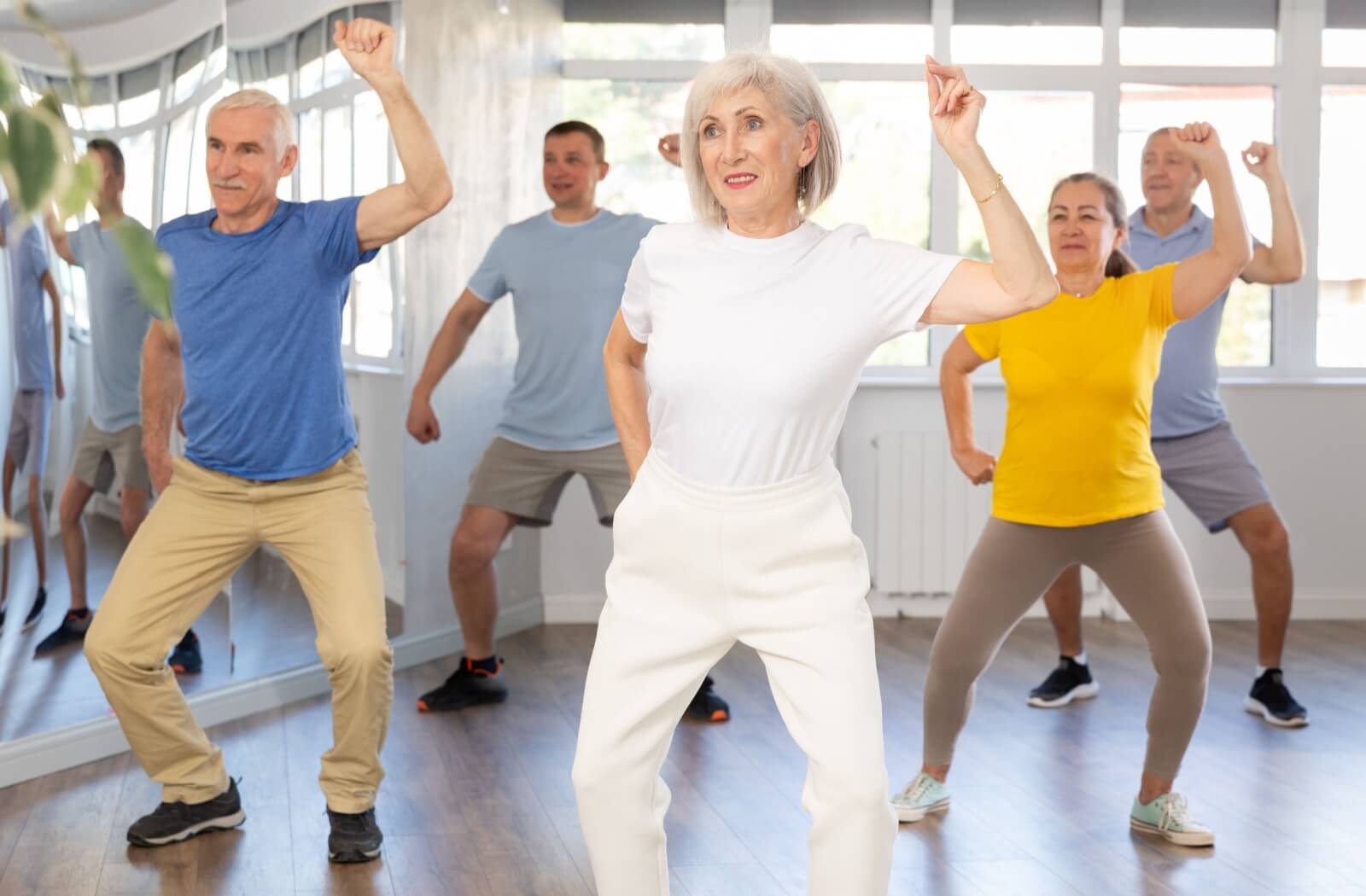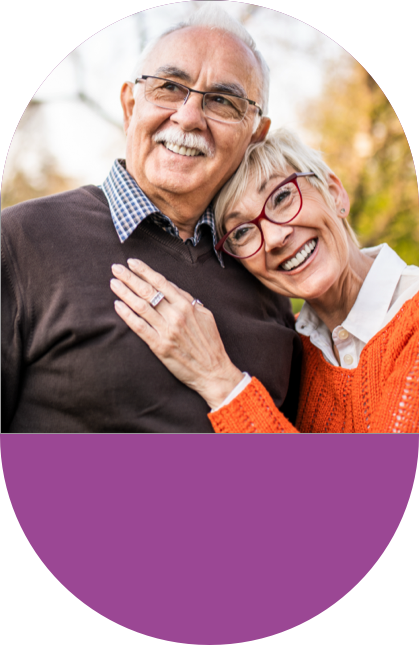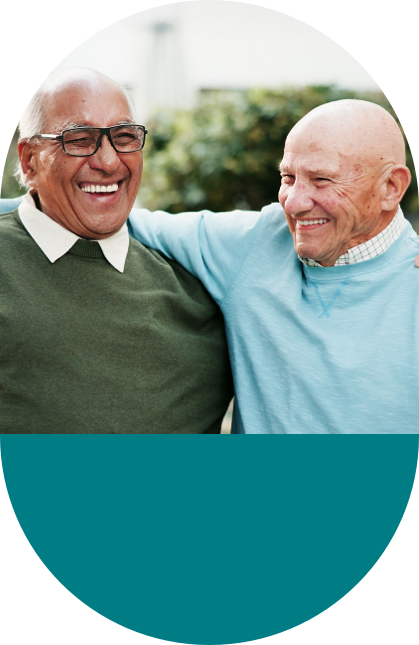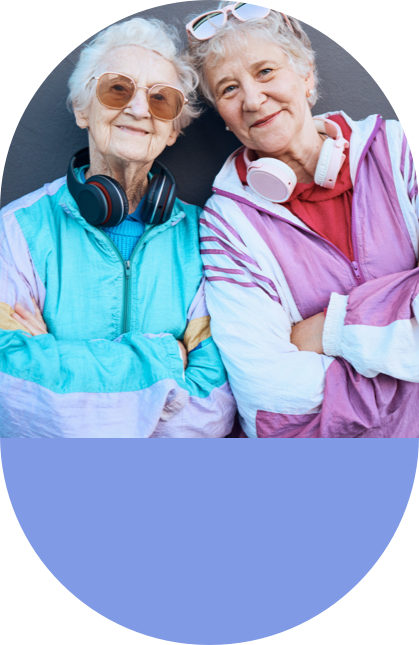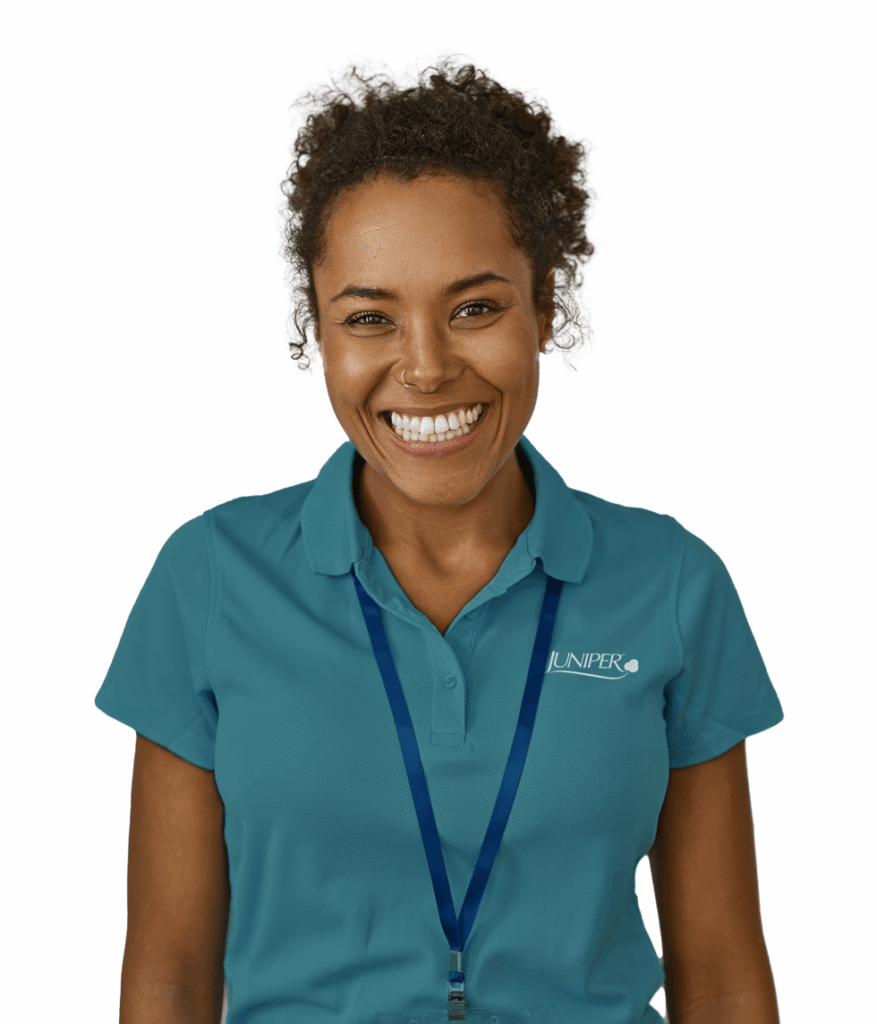Staying active throughout life supports not only physical strength but also emotional and cognitive health. For older adults seeking a fun and low-impact way to stay engaged, line dancing is a joyful and accessible option.
Line dancing involves repeated, choreographed steps performed in rows, with no partner required. Many routines are simple enough to learn quickly, and the benefits go far beyond movement, including improved balance, sharper memory, and meaningful social interaction.
Why Line Dancing Is a Good Fit for Seniors
Line dancing stands out among physical activities for its accessibility and social nature. Unlike high-impact workouts, it doesn’t strain joints or require prior experience. Older adults can participate at their own pace, and steps can be adapted for varying mobility levels.
It’s structured enough to offer routine but flexible enough to encourage creativity. This makes it a safe, engaging, and sustainable movement practice that supports long-term wellness for individuals of varying abilities.
Line Dancing Supports Wellness
Line dancing also fosters confidence and encourages independence through structured movement. Its rhythmic format makes it easy to follow while providing a sense of accomplishment and purpose.
On the physical side, line dancing supports balance, flexibility, and endurance. Regular movement can promote circulation, reduce joint stiffness, and contribute to overall energy and vitality.
Line Dancing Supports Brain Health
The combination of movement, music, and memorization strengthens neural pathways and supports ongoing mental stimulation in older adults. These types of coordinated movements offer both challenge and satisfaction, which promotes engagement over time.
Dancing to music can also improve emotional well-being. Group movement provides structure, connection, and a sense of purpose. It benefits mental health and reduces symptoms of anxiety or depression.
8 Easy Line Dances for Seniors
1. Electric Slide
This classic is ideal for building confidence early in a dance journey. It follows a predictable four-step pattern repeated throughout, making it one of the easiest dances to learn.
Why it’s a great choice: Supports coordination, balance, and mild cardio activity.
2. Cupid Shuffle
The Cupid Shuffle uses simple, repetitive steps, such as side taps and kicks, set to a steady rhythm. This predictability builds comfort with repetition and directional movement.
Cognitive benefit: Enhances memory and directional awareness through repetition.
3. The Wobble
This dance adds fun to any routine with slight bouncing steps, arm movements, and hip sways. It’s a great way to loosen up joints and express personality while staying active.
Why it’s fun: Adds variety and encourages expressive movement.
4. Cowboy Hustle
This upbeat dance combines taps, turns, and claps in an easy-to-follow format. The tempo is moderate, and movements can be slowed down for comfort.
Why it’s a great fit: Engages multiple muscle groups while keeping movements simple.
5. Macarena
More than just nostalgic fun, the Macarena’s repeating arm and step combinations challenge coordination. It’s an excellent option for practicing sequencing.
Brain boost: Supports sequencing skills and cross-body movement.
6. Cha Cha Slide
The Cha Cha Slide guides dancers step by step through each move, offering vocal instructions throughout the song. It’s particularly helpful for anyone nervous about memorizing choreography.
Inclusive option: Easily adjusted for slower tempos or limited mobility.
7. Boot Scootin’ Boogie
Featuring toe taps, heel digs, and small kicks, this dance promotes lower-body flexibility while remaining low-impact. Its upbeat tempo makes it lively without being overwhelming.
Supportive movement: Helps maintain flexibility in the hips, knees, and ankles.
8. YMCA
Although not a traditional line dance, the YMCA is ideal for encouraging group participation with its iconic arm movements. It’s especially good for upper-body mobility and morale.
Social highlight: Builds camaraderie and supports upper-body mobility.
Tips to Start Dancing Safely
Getting started with line dancing doesn’t require perfection. With just a little preparation and mindfulness, you move confidently and comfortably. Here are a few ways to stay safe while enjoying each step:
- Keep it short at first: Begin with just a few minutes and build gradually.
- Use familiar music: Well-known songs help make steps easier to learn.
- Support your balance: Stand near a chair or wall if you need to.
- Wear safe shoes: Choose footwear with grip and arch support.
- Hydrate and rest: Keep water nearby and take breaks as needed.
Why Line Dancing Matters
Line dancing offers more than movement, it’s a pathway to better health, sharper thinking, and deeper connection. Its rhythmic routines are approachable at any skill level, and the communal environment creates a sense of joy, inclusion, and lasting belonging.
Making line dancing part of everyday life can help older adults stay active, feel engaged, boost confidence, and experience a lasting sense of wellness.
Take the Next Step Toward Joyful Movement
Juniper Village at Guadalupe Riverfront offers programming designed to meet the needs of older adults, supporting health, independence, and daily joy through movement. Our wellness offerings are tailored to each resident’s abilities and interests, helping them stay engaged, confident, and connected every day.
If you’re curious about how dance can enrich your life or that of a loved one, we invite you to schedule a tour. See how our community helps residents thrive through personalized programs, compassionate care, and a vibrant, community-first approach.

